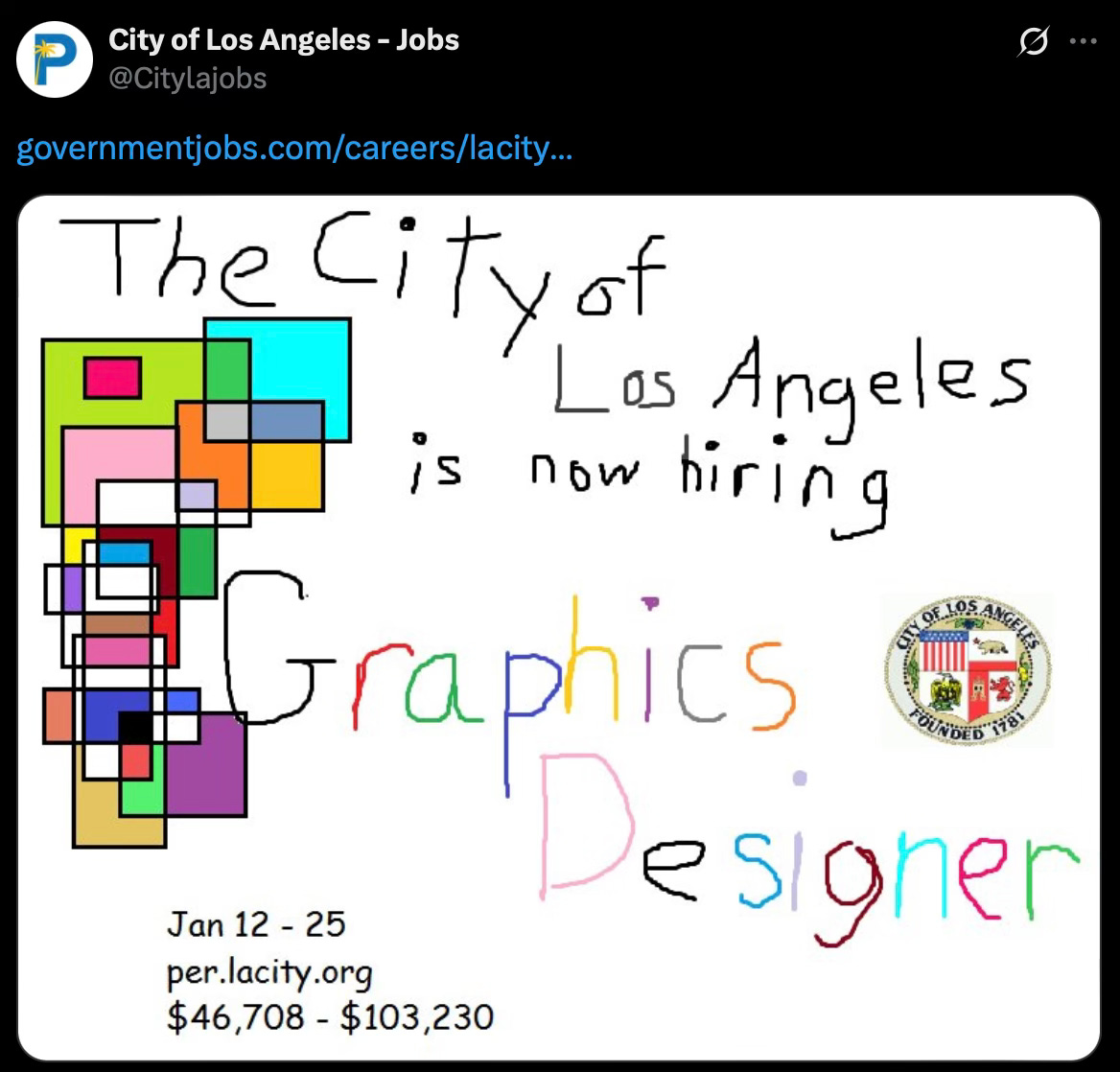Human Capital Intel - 5/27/25
Addressing human capital contradictions | Taking action on disengagement | AI flattens applicants out | As GenZ returns to office, what kind of culture awaits them?
Welcome to the latest edition of Human Capital Intelligence, your weekly brief synthesizing over 250 leadership, HR, and people sources to filter out the noise. As always, we would love to hear from you at ken@reyvism.com with questions you’d like answered or topics covered.
Sent this by a friend? Sign up here to receive HCI in your inbox every week.
By Ken Stibler; Powered by Reyvism Analytics
Deep Dive:
Addressing the growing list of human capital contradictions
A growing number of business leaders agree on what the future of work requires: greater agility, continuous learning, smarter use of technology, and a workforce empowered to adapt in real time. Yet in practice, many organizations operate with outdated assumptions, fragmented systems, and reactive decision-making.
The divide is striking: companies say people are their greatest asset, but few manage talent as systematically as they manage capital or operations. This gap between knowing and doing is fast becoming one of the defining challenges of organizational performance.
Contradictions show up everywhere, eroding our credibility and efficacy of leaders in turn. Firms adopt new tools like AI but don’t update workflows. They talk about empowerment while maintaining top-down decision-making. Employees are told to take ownership of development, yet few resources or incentives exist to make it possible.
In need of talent but with training deprioritized, HR pros are stuck in a catch-22. (HR Dive)
Similar patterns hold across change management, culture, and leadership development with a clear message: change fast, but figure it out on your own. That’s not a strategy, it’s a stall.
The way forward requires confronting these contradictions directly. For executives, that starts with discipline: define a people strategy as deliberately as you do a sales plan. Revisit how roles are structured, what behaviors are rewarded, and how decisions about technology, training, and accountability are made. Build feedback loops between your expectations and your systems.
If you want initiative, reduce approval chains; if you want learning, create time for it. Regardless of how, ask yourself “what contradictions have I permitted in my organization?” and find one way to close the distance between aspiration and action.
Taking action on continuously declining engagement
Gallup now reports that 79% of employees are disengaged, a staggering figure that should give every business leader pause. Yet the numbers have faded into the background amid consistent reminders and inconsistent action. While it may not show up in quarterlies with finance, disengagement saps the strength and dynamism of your organization.
The real issue isn’t just disengagement, it’s the mismatch between what leaders expect from their teams and what they actually equip them to do. In too many companies, clarity is assumed, not delivered; culture is hoped for, not shaped. That’s not a recipe for engagement, it’s a blueprint for attrition.
For those who’ve experienced my Extraordinary Workplaces session, this moment is exactly what we prepared for. The frameworks and tools we walked through: clarity around expectations, cultural ownership, and action-based alignment, are now more urgent than ever. If it’s been a while, pull out the workbook or re-engage with the handouts. The path forward is already in your hands, the challenge is choosing to act on it.
Quote of the Week: A free engagement strategy
“[Building connections with others at work] is such a simple idea, but I’ve been stunned at how powerful it is…It doesn’t cost money. It’s easier to actually change [that] than culture, which is really hard to change in an organization.”
—Jane Dutton, an organizational psychologist at the University of Michigan,
Reading List:
AI flattens application quality
AI-powered job applications are creating a talent crisis in reverse. While candidates can now mass-apply to hundreds of positions, they're systematically destroying their own market value by submitting generic, personality-free materials that fail to differentiate them from the crowd.
Companies now only hire 1-5% of applicants, as recruiting teams struggle to identify genuine talent beneath layers of AI-generated boilerplate that strips away the soft skills and authentic experiences employers actually seek. This automation paradox is forcing a rethinking in talent acquisition strategy, some businesses are ditching LinkedIn and going all-in on referrals while others are getting creative to source unique talent.
GenZ see the upside of RTO
Generation Z is now driving return-to-office, with workers under 24 now attending offices three days per week, more than any other age group. These ambitious professionals are making personal investments in commuting costs and time, betting that mentorship and corporate immersion will accelerate their career trajectory in ways virtual meetings cannot match.
With checked-out management, continued remote work for leadership or star players, and an anemic office culture, will the mentorship and culture be there to greet them? Or will GenZ’s hope for a fresh start instead lead to a fresh wave of disengagement
Explaining the change in post-covid workplace leadership
Workplace researcher Jennifer Moss’s new book sheds light on how COVID changed leaders’ relationship with work and how office cultures became hollowed-out. She argues that the pandemic forced everyone to confront life's fragility: engaged leaders either doubled down on meaningful mentorship or left entirely during the Great Resignation, while disengaged managers retreated further into remote isolation and self-preservation mode.
This leaves a leadership vacuum where the executives most capable of nurturing young talent have either departed or remain psychologically checked out, leaving ambitious Gen Z professionals to discover that the vibrant office culture and active mentorship they're chasing may no longer exist in many organizations.
Data Point: What does focus really mean?
70%
Percentage of leaders focused on upskilling their workforce for implementing AI according to a Q2 EY study.
In Other News:
The new markets for AI data: Every company should think about its strategy to capture emerging opportunities. (Financial Times)
Job postings for desk-based worker sectors declined year over year, “creating bottlenecks of qualified talent competing for a shrinking number of roles.” (HR Dive)
Economic uncertainty and AI are causing employers to think twice about all but the most sterling candidates. (Wall Street Journal)
Culture — not policy — drives whether workers disclose mental health concerns, study shows. (HR Dive)
It pays to use AI on the sly at work: That’s why companies need to think of ways to encourage open adoption. (Financial Times)
This Moderna leader uses AI to resolve conflict on the executive team—all before it even happens. (Fortune)





